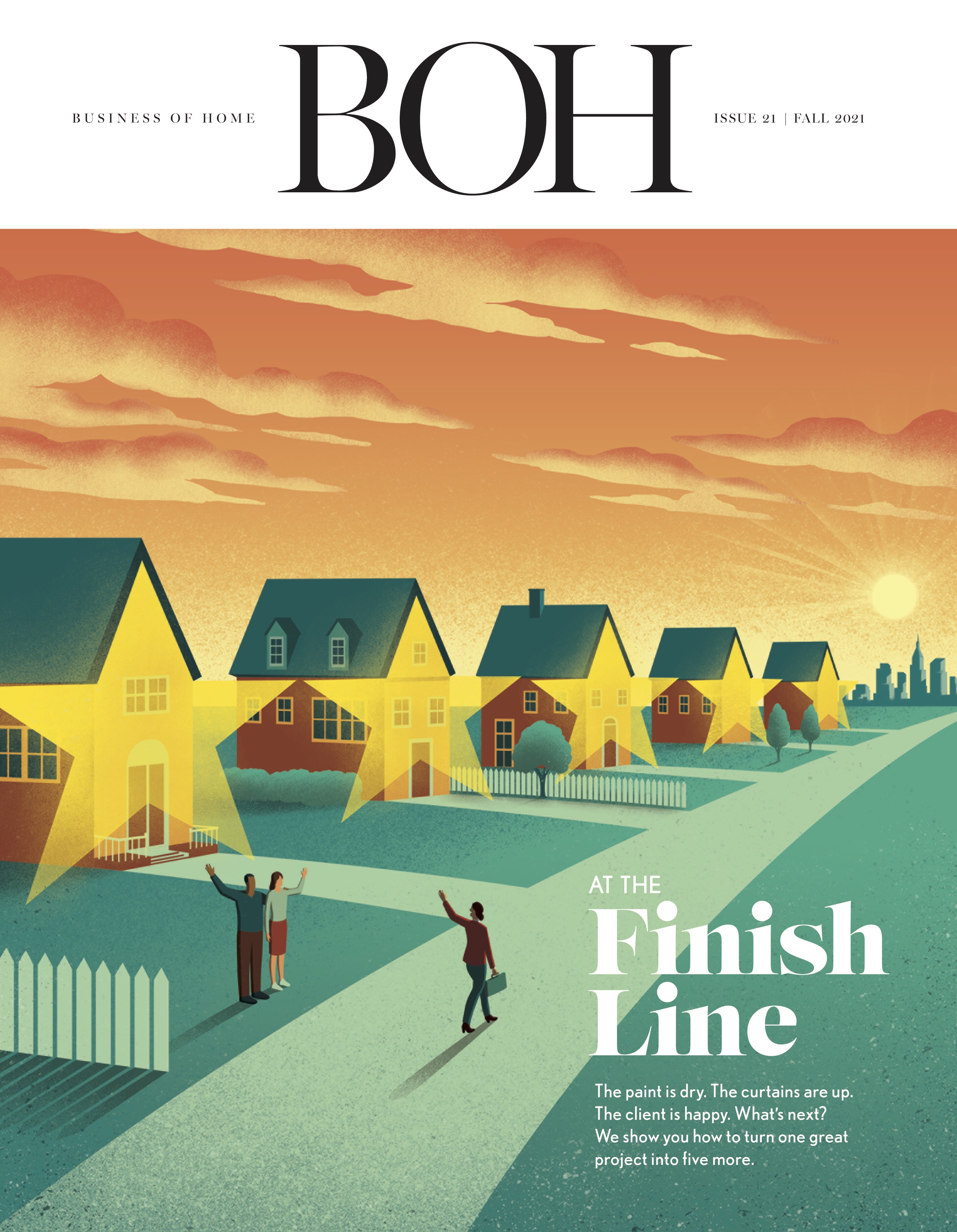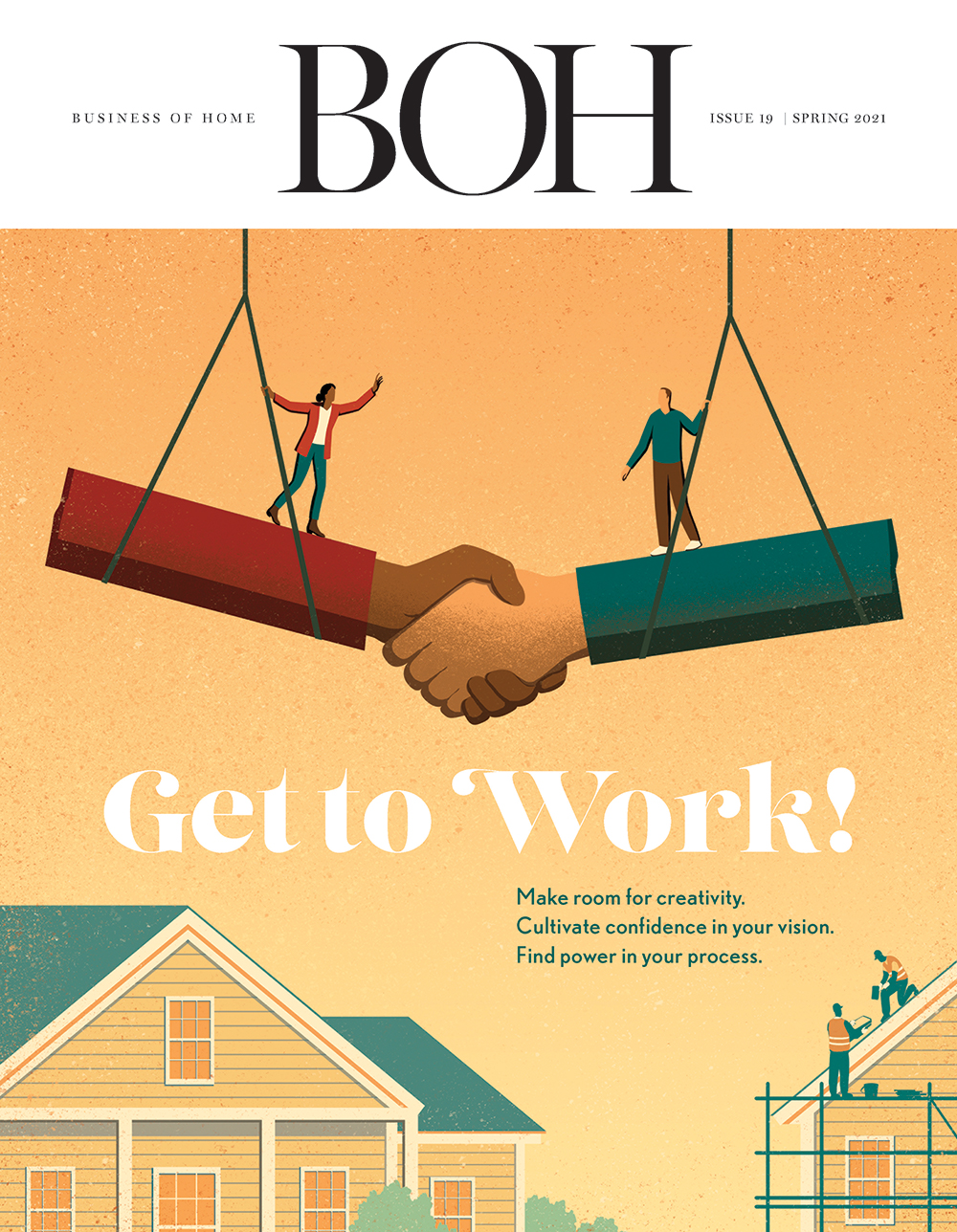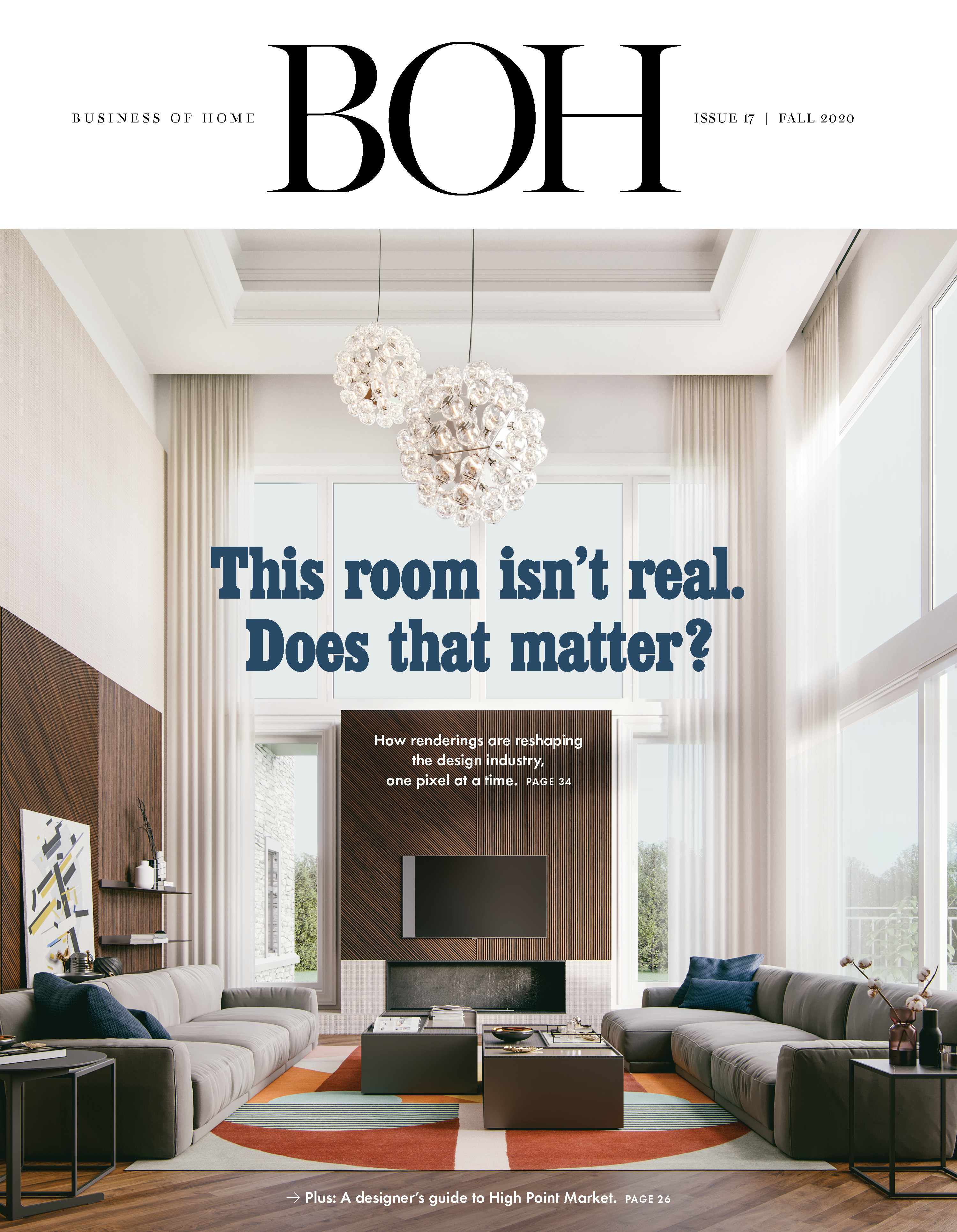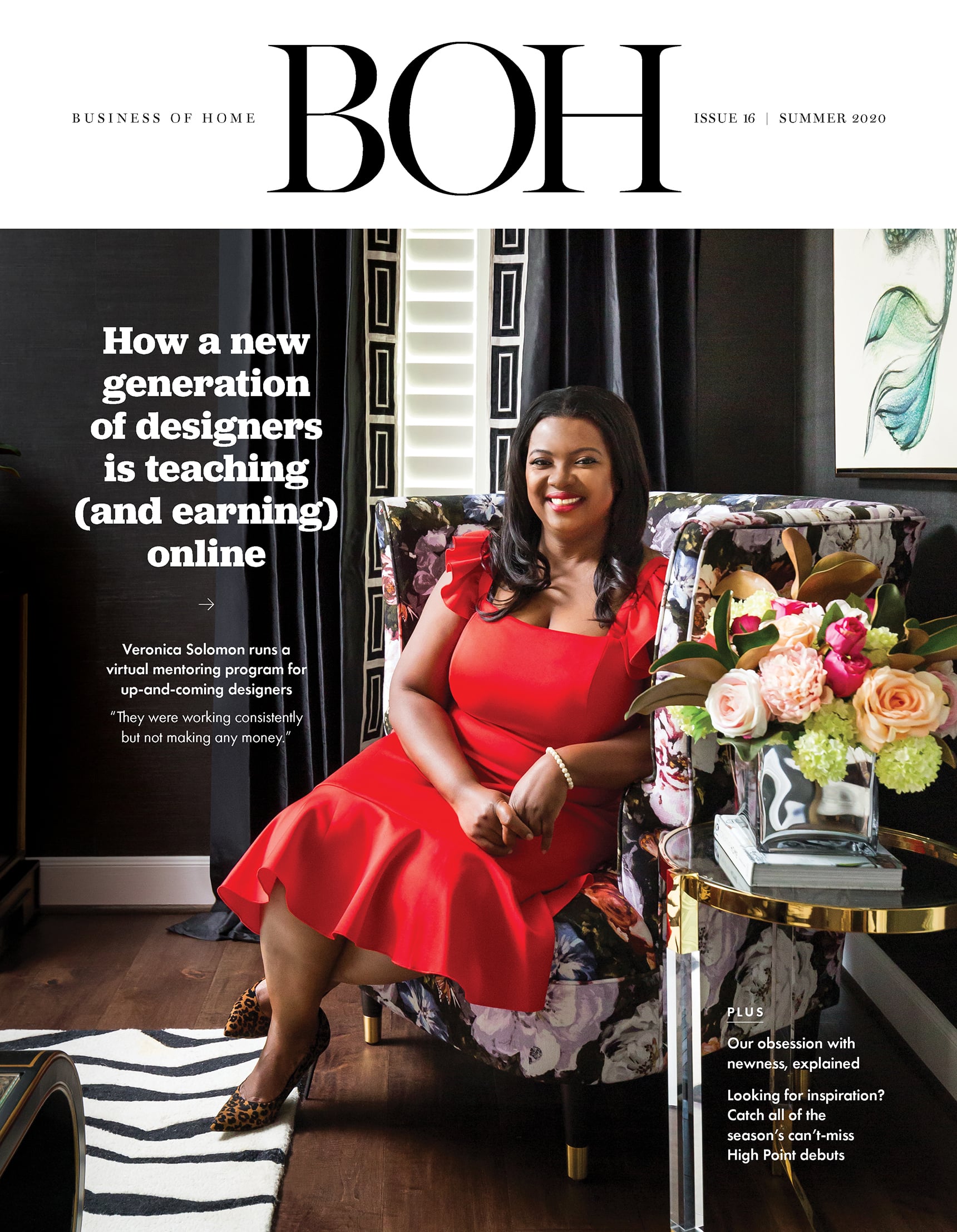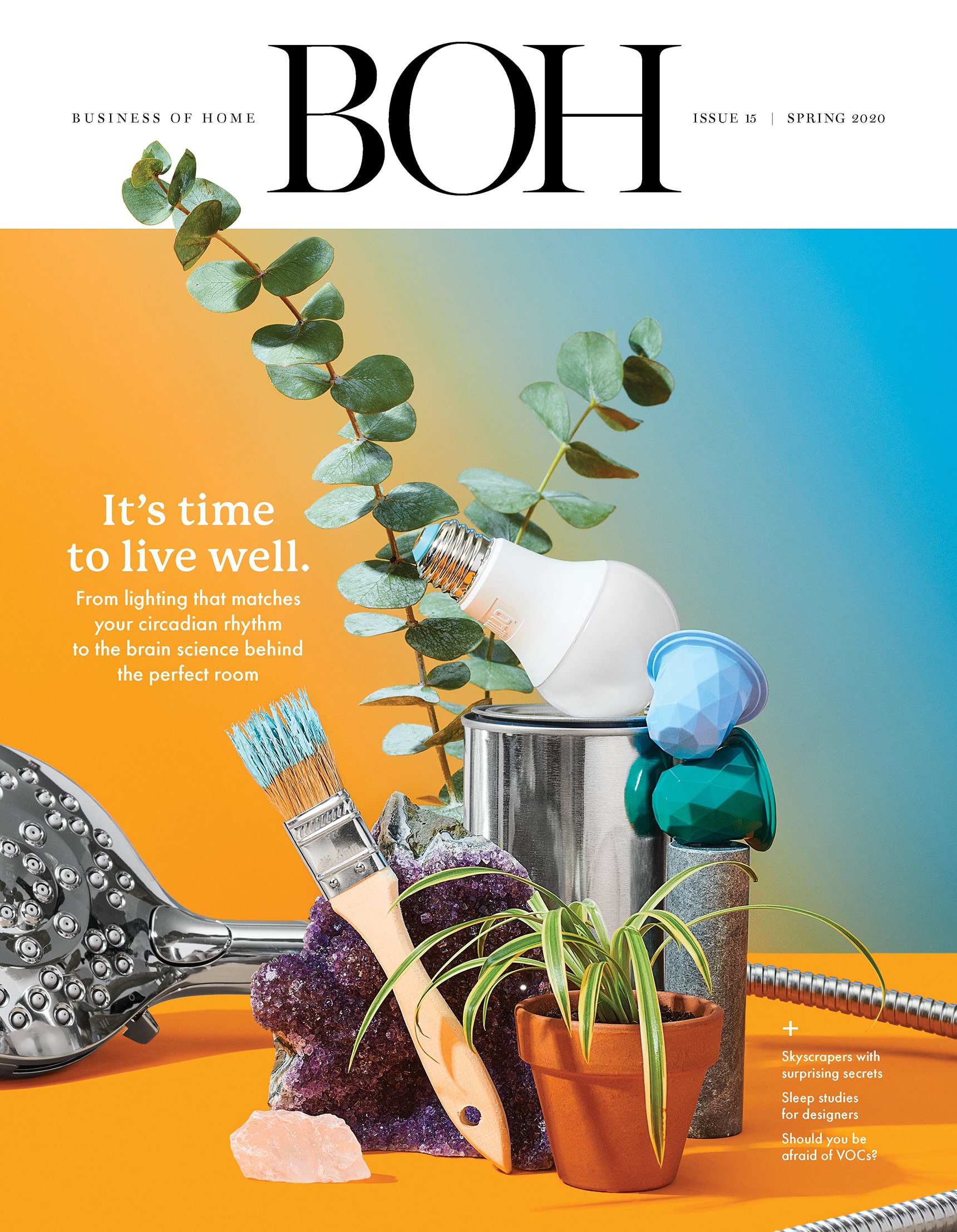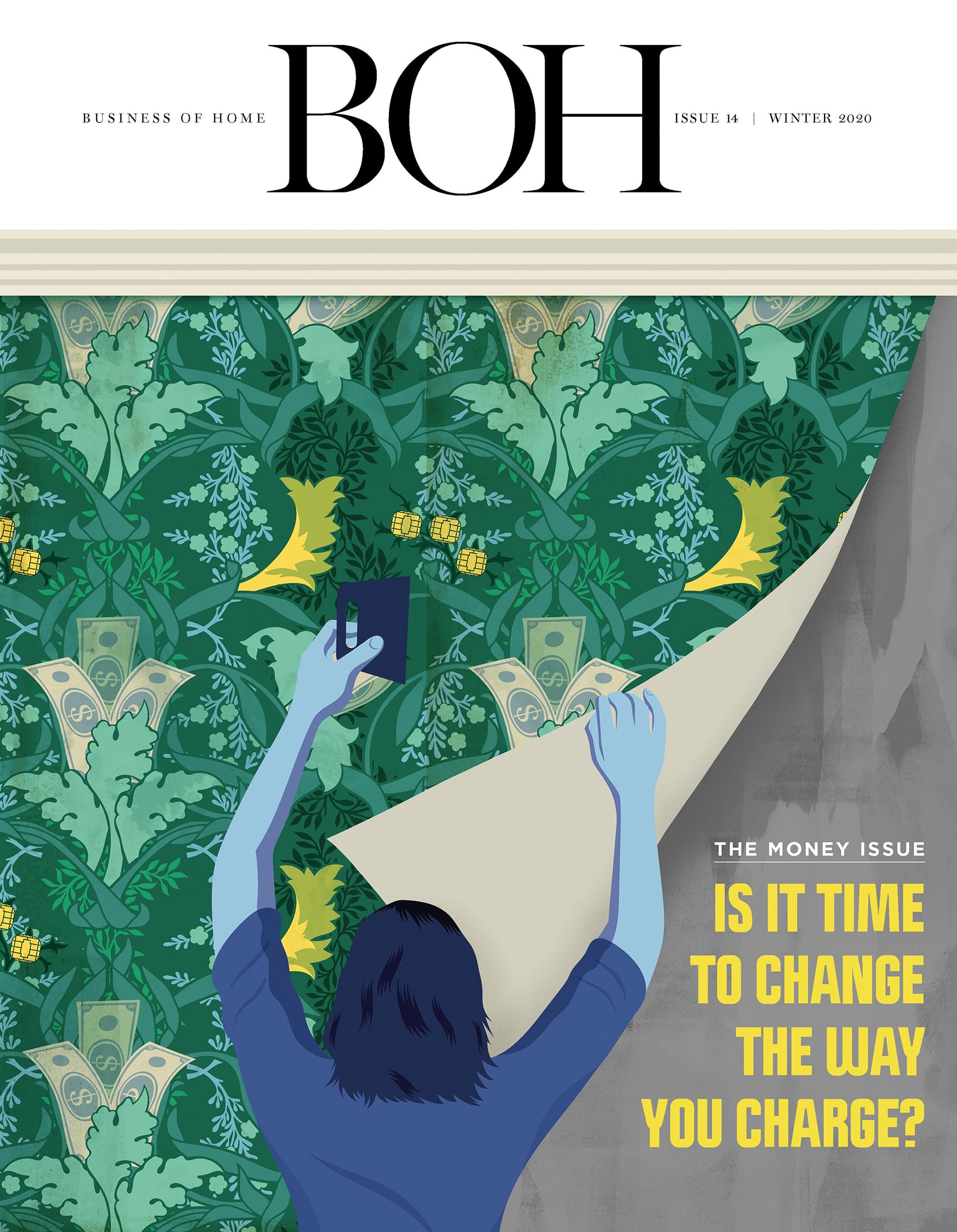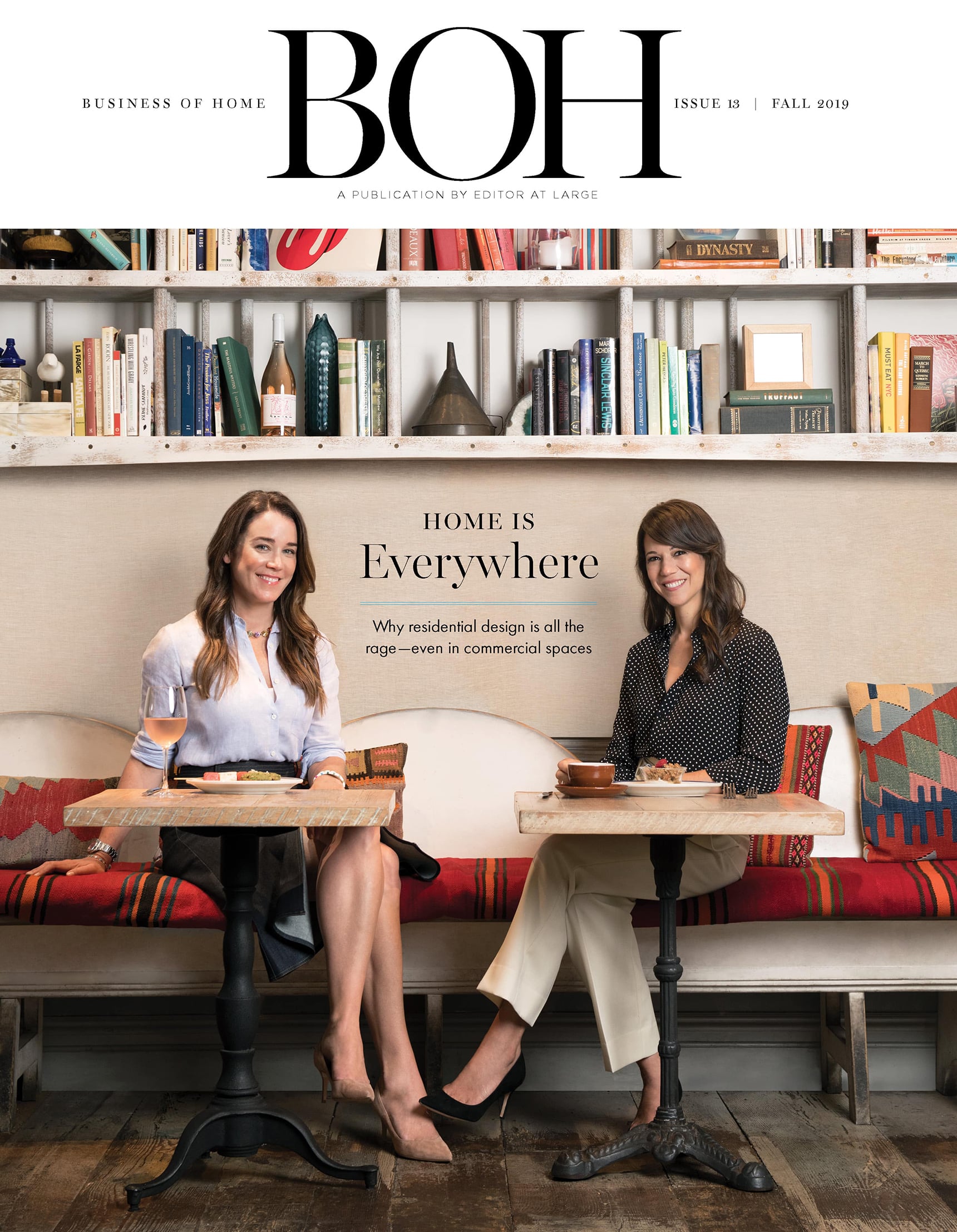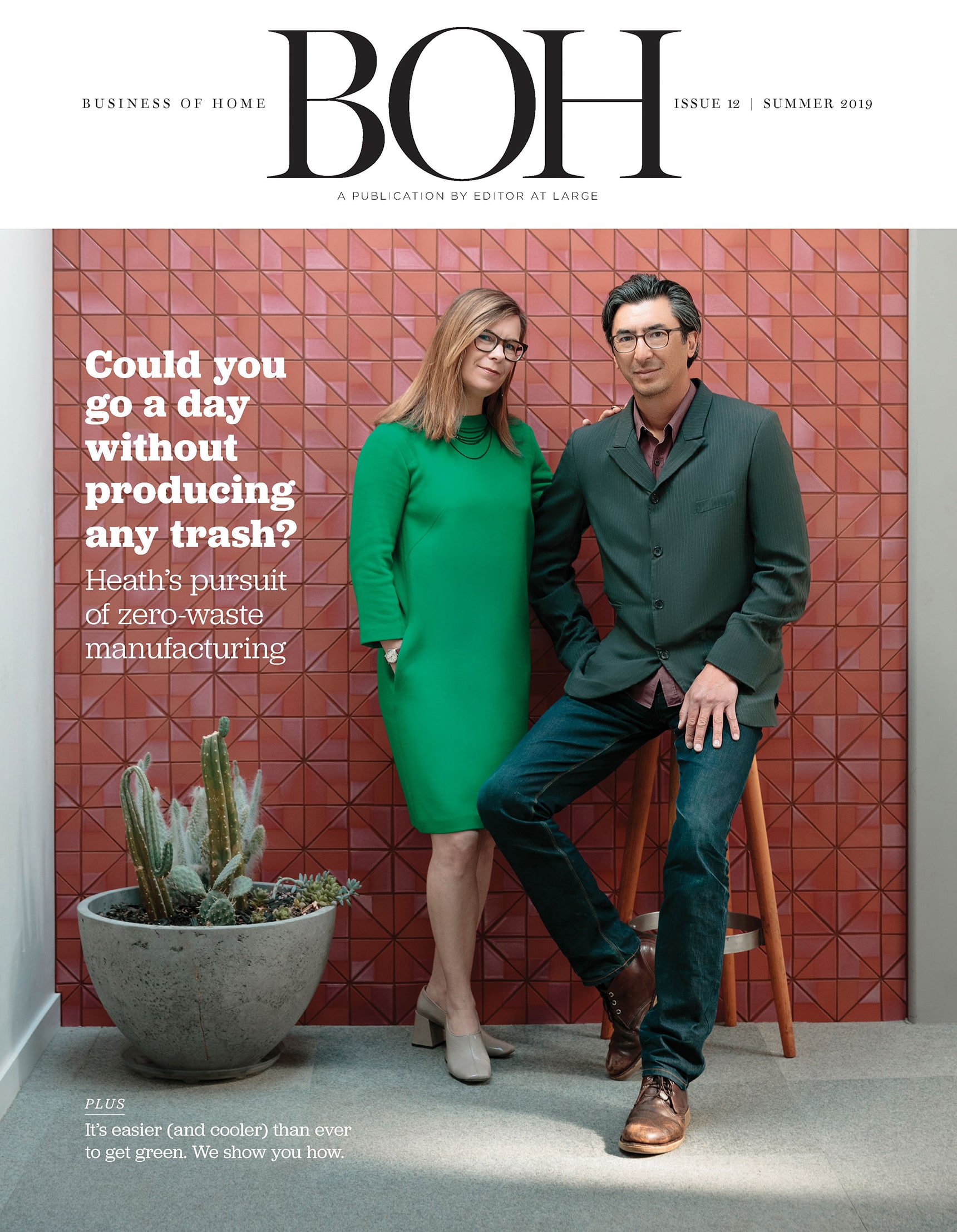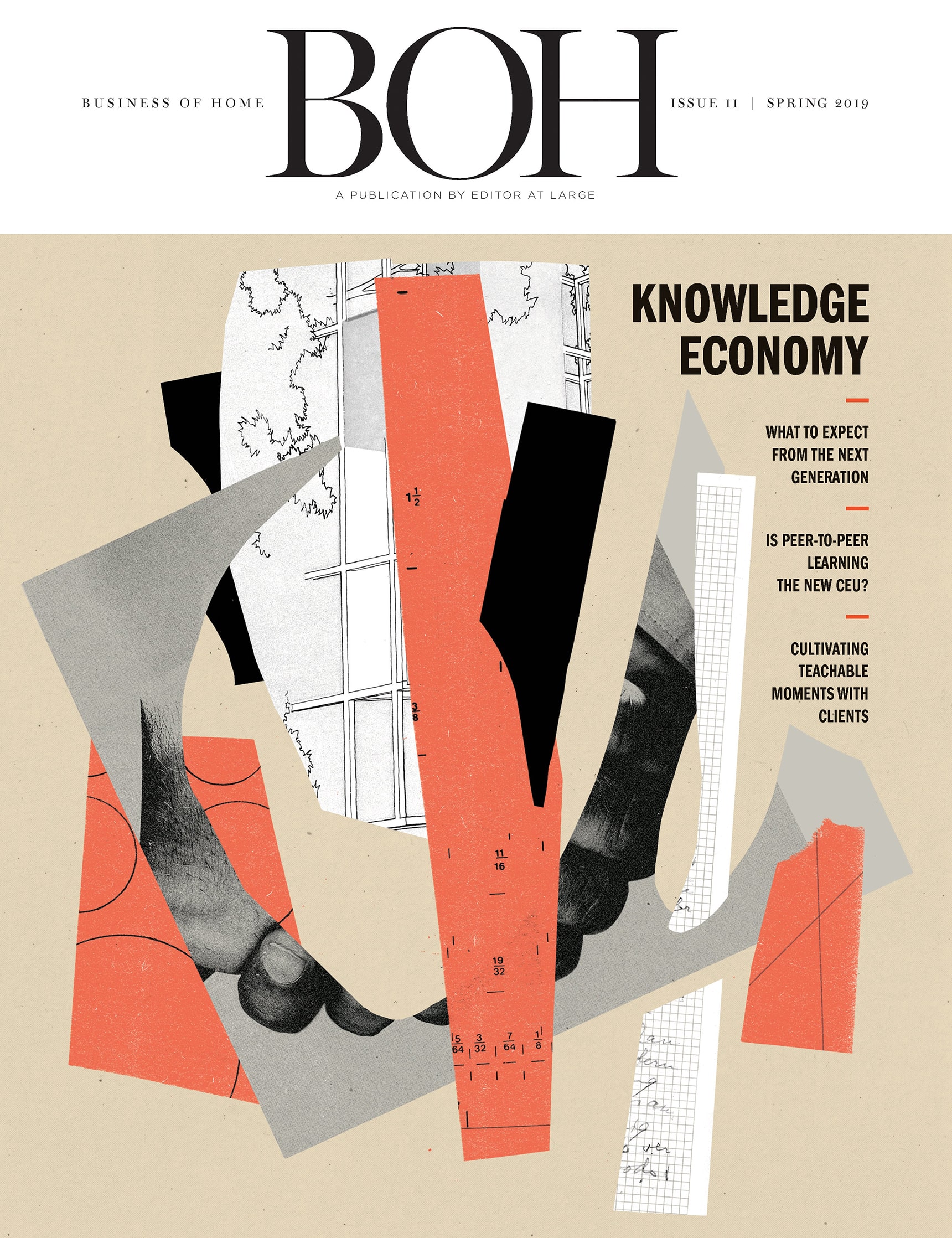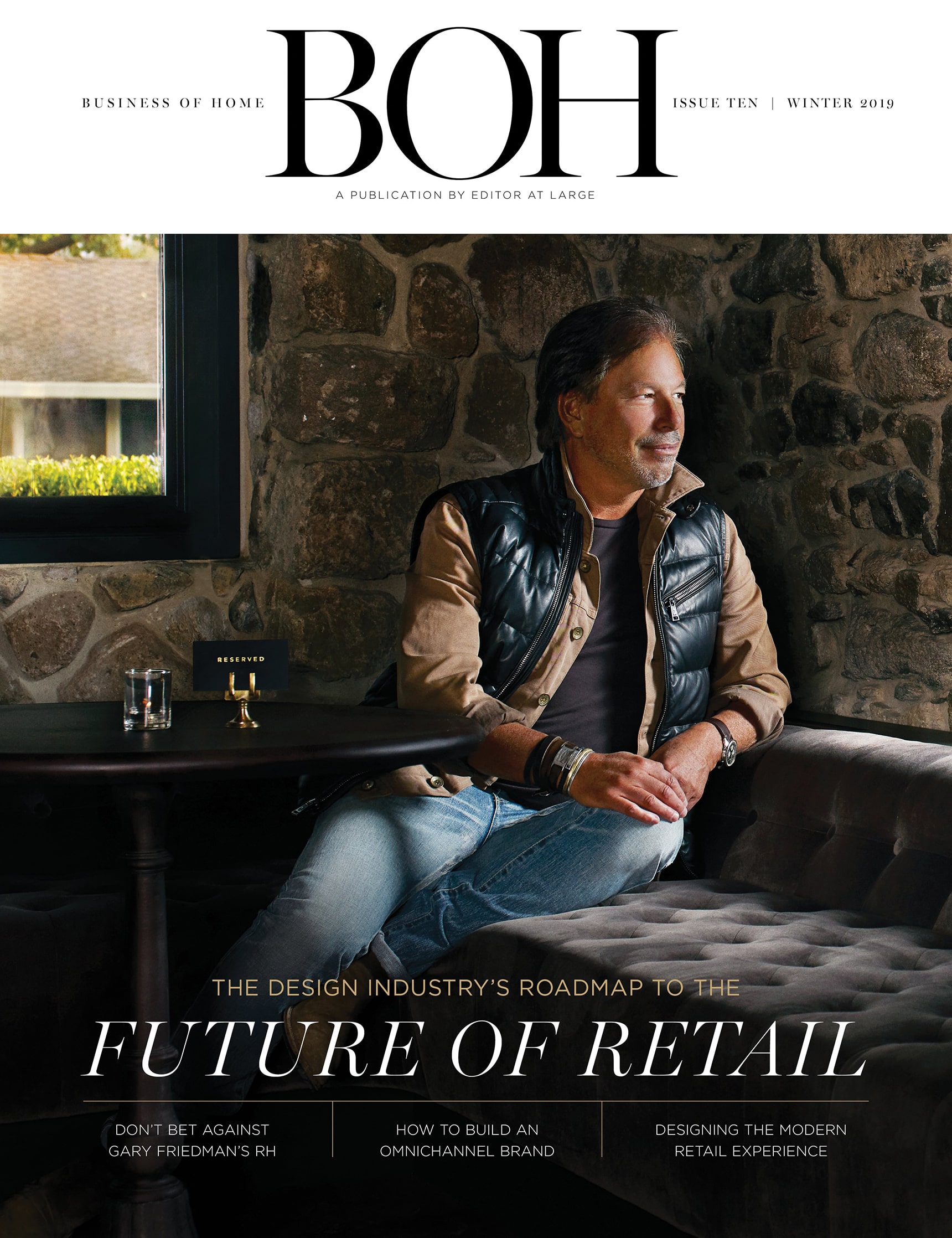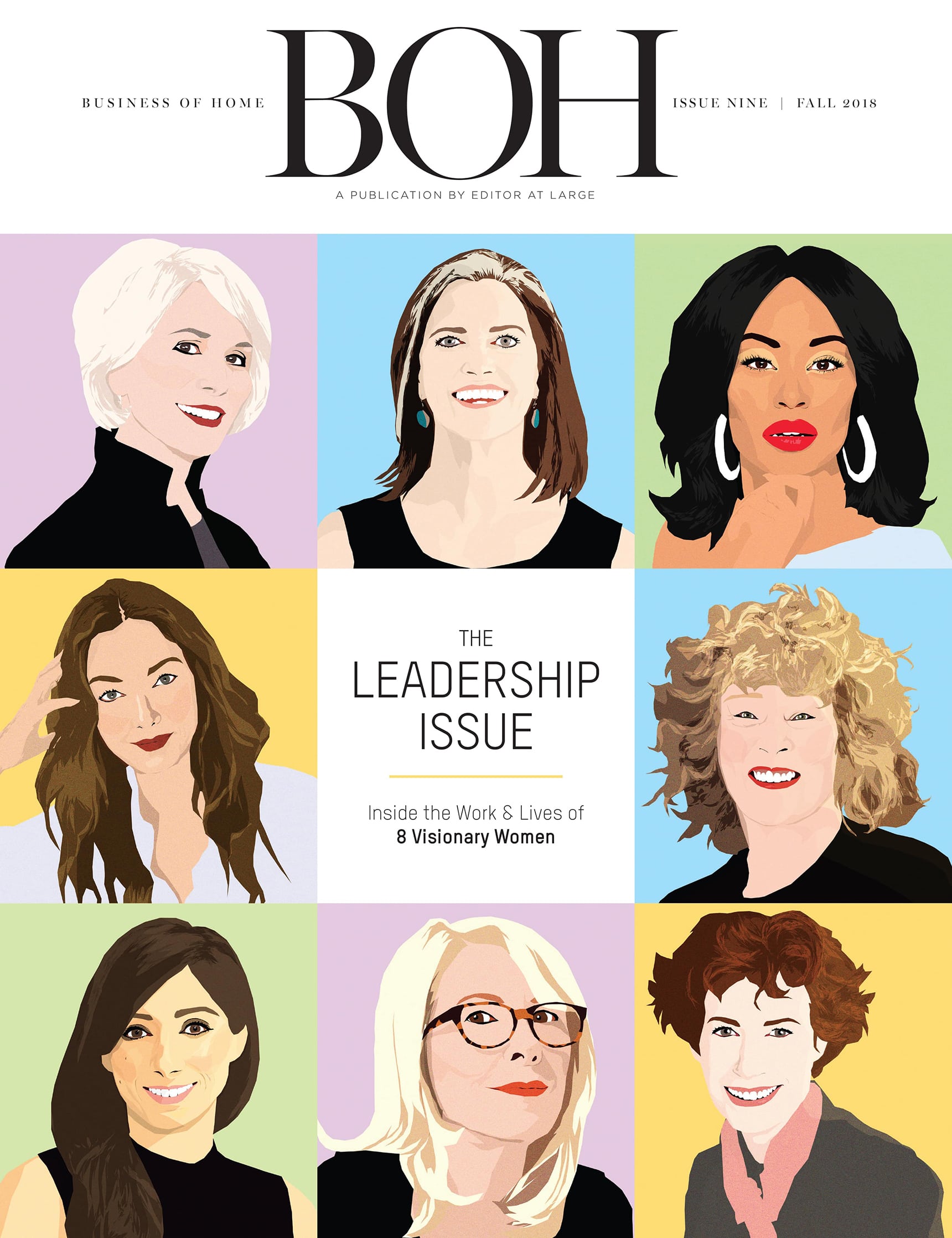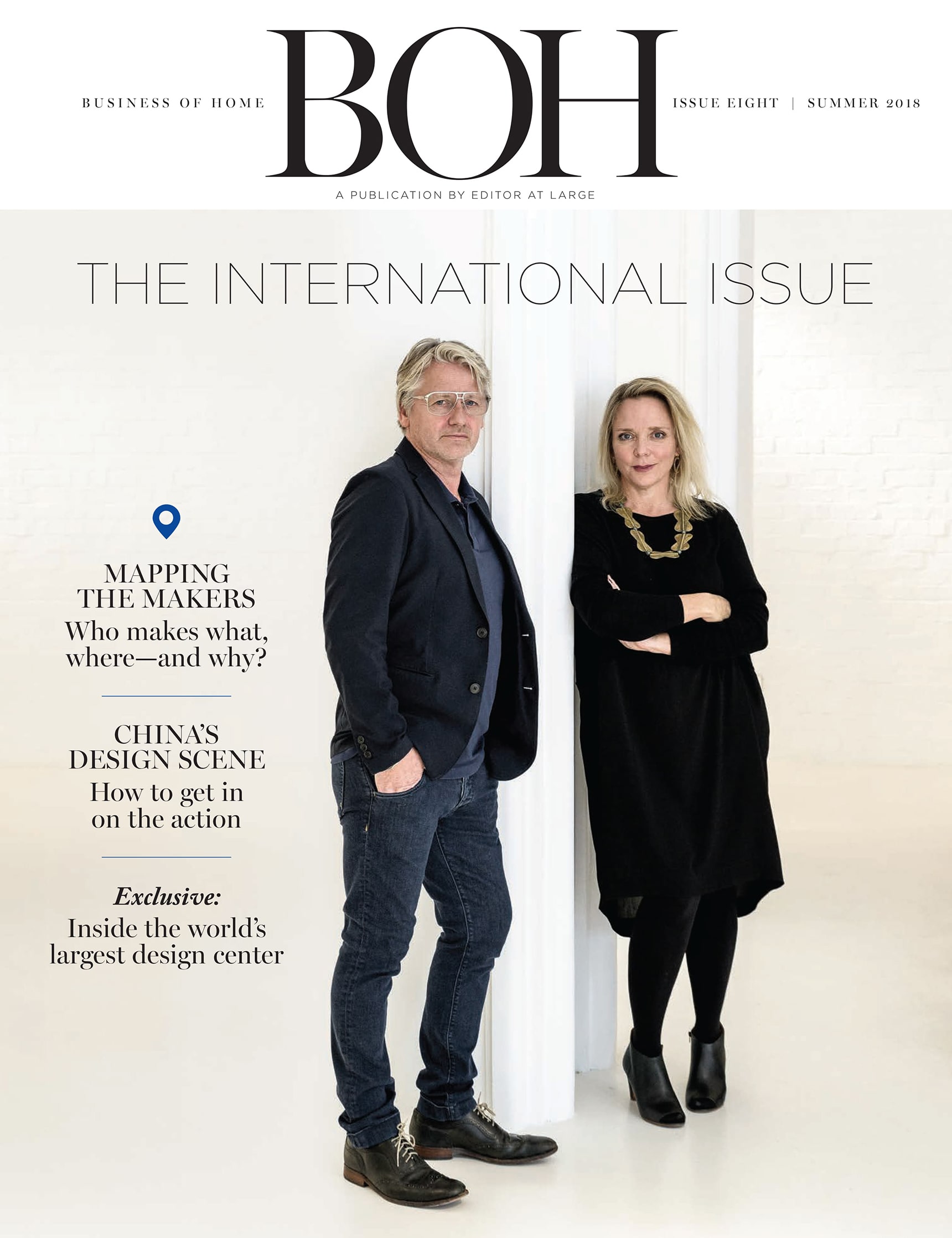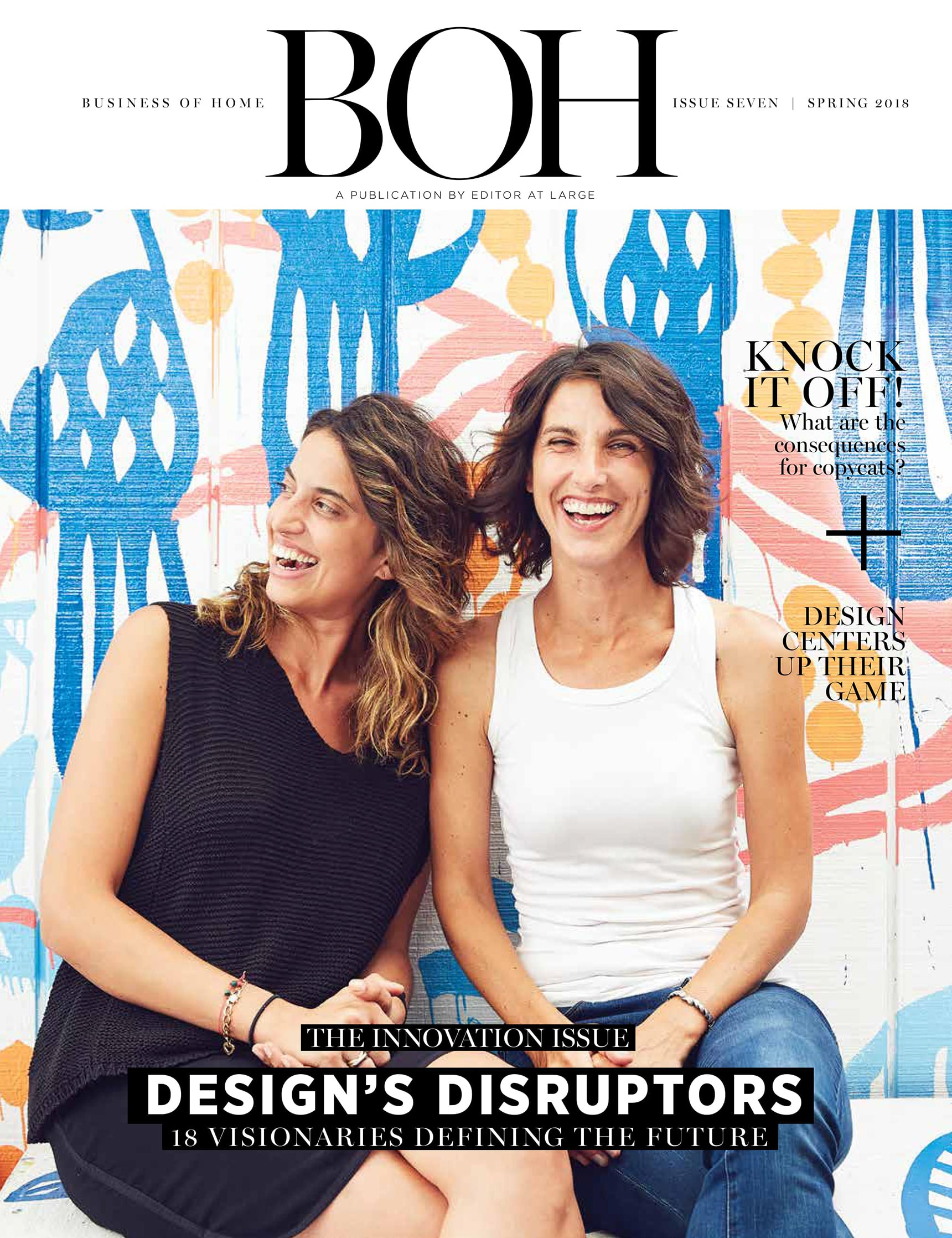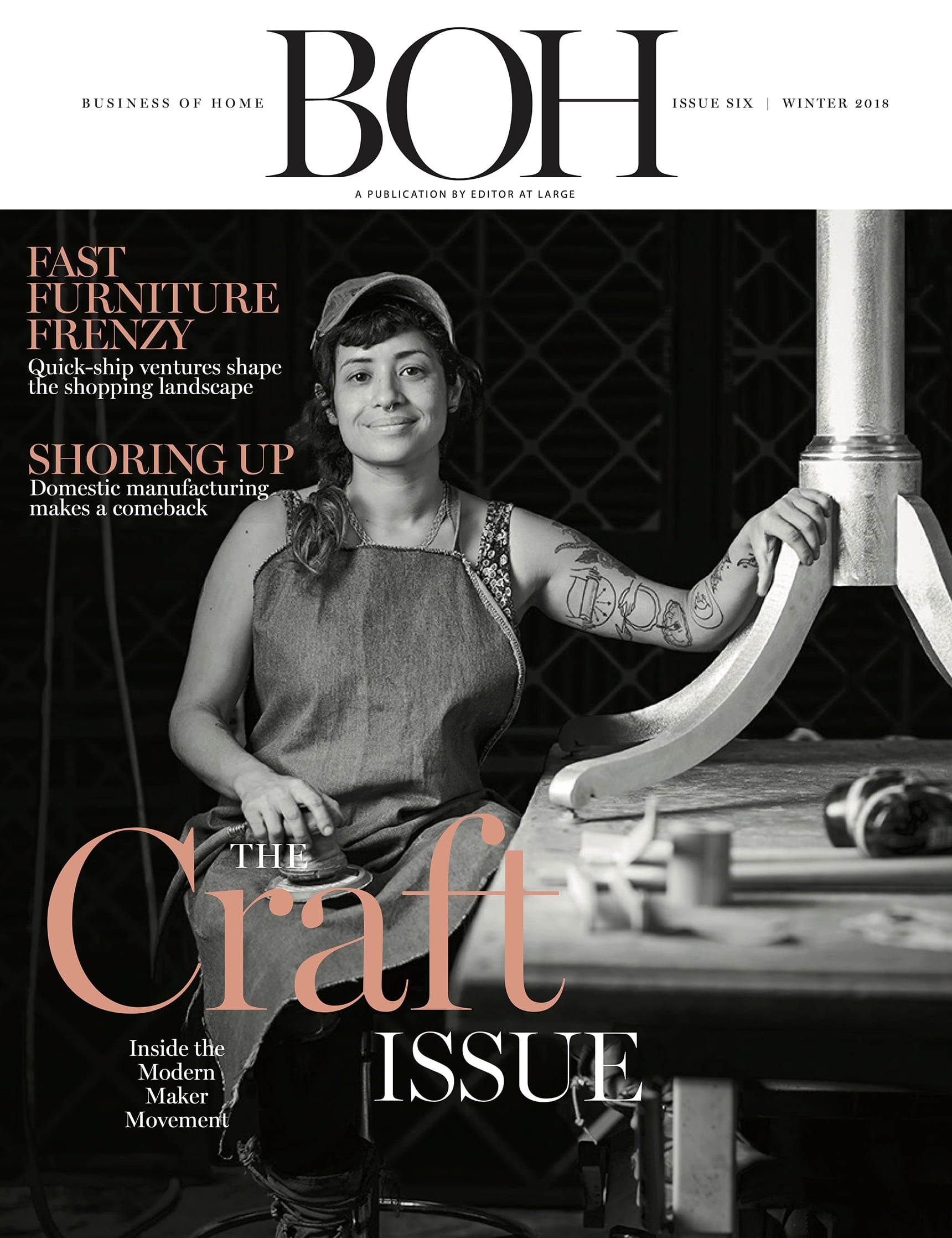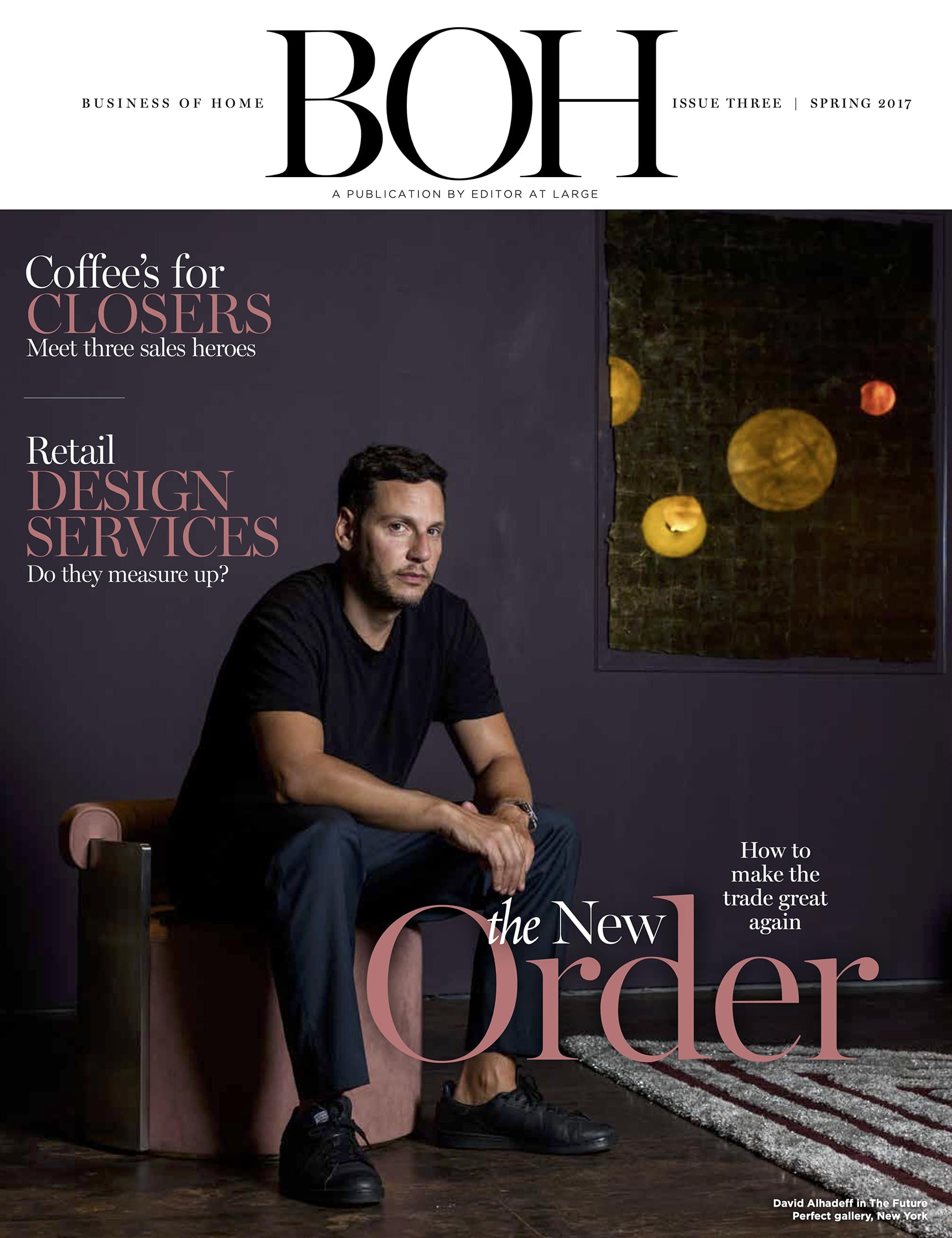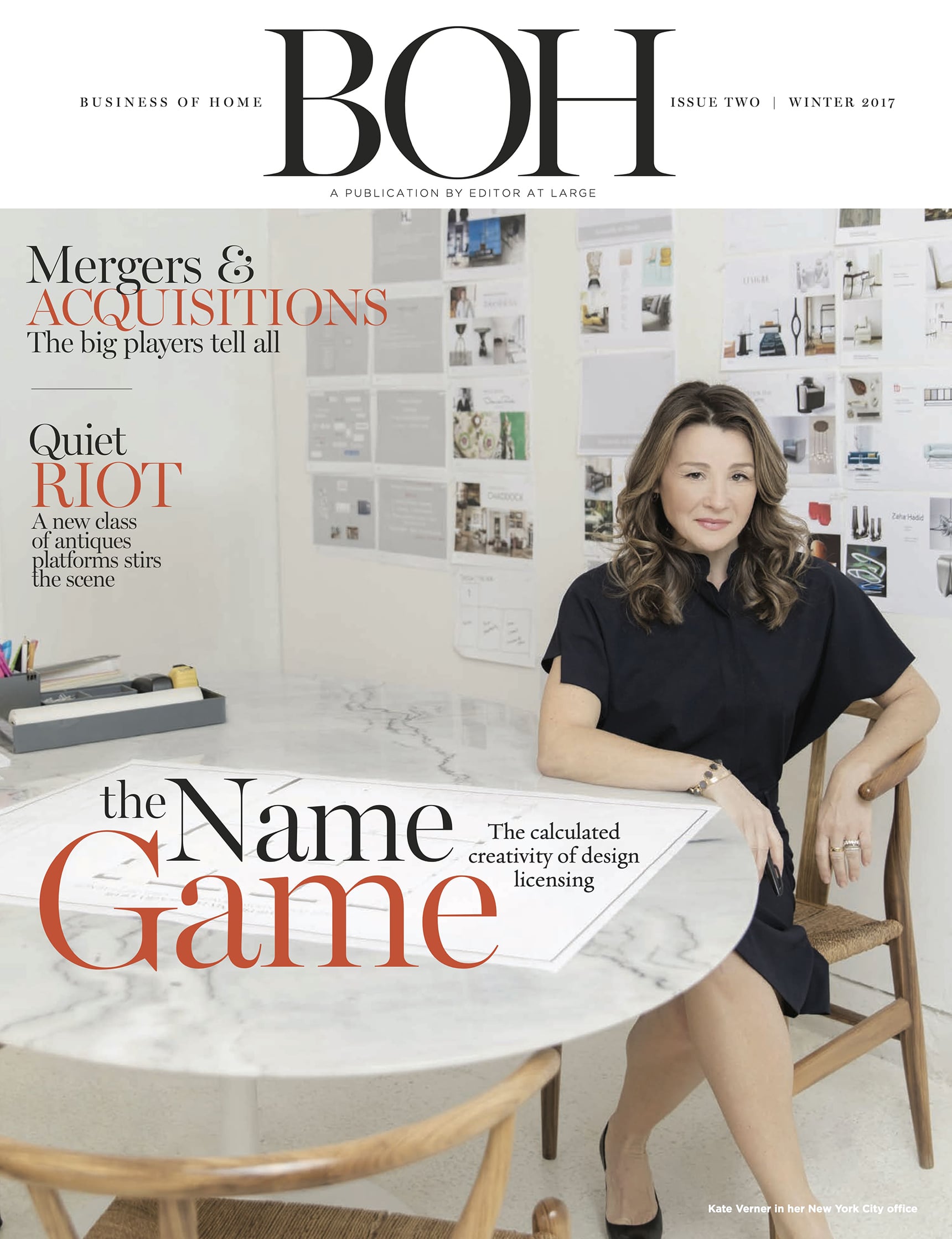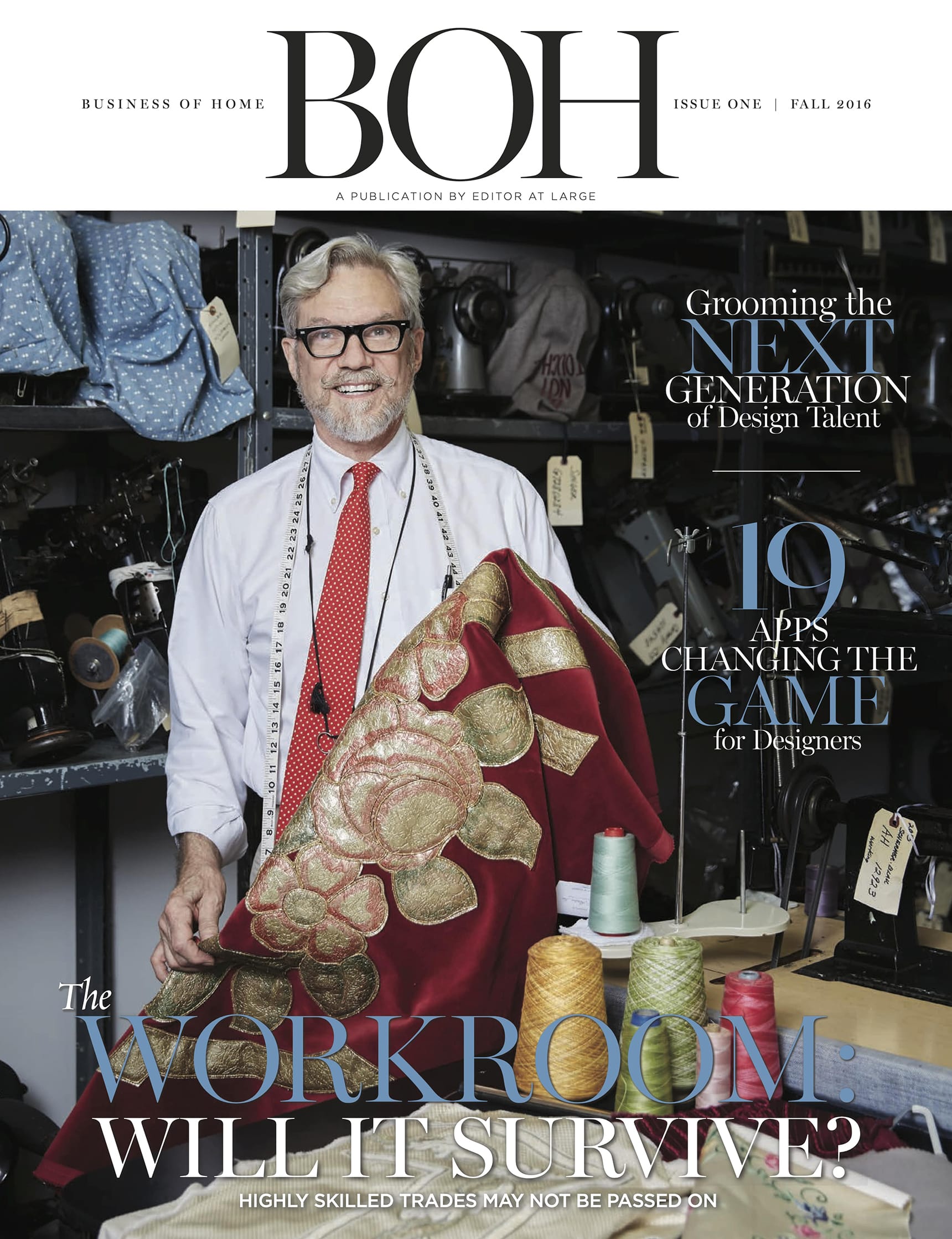You probably won’t get rich or famous from a licensing deal, but every year, dozens of designers still sign on the dotted line. We asked them why.
For many interior designers, landing a licensing deal is a major sign that you’ve arrived. It makes sense: The allure and glamour of a collaboration is hard to miss. Apart from the prestige, success can net an entirely new level of exposure, to say nothing of royalties (a blockbuster product can pay out for years to come). One fruitful collection with the right brand can turn into a long-running creative partnership—and one hit line usually attracts other offers. Barry Goralnick is a shining example of the breadth of opportunities that licensing can spawn. In the early stages of his career, licensing deals were rare; instead, designers often created the equivalent of a signature line all on their own. In 1992, Goralnick began by trying to address gaps in the market with pieces that were produced, manufactured and represented independently. In the space of two years, his 20-piece line of neoclassical-influenced furniture and lighting was in eight markets across the United States, with representation at Profiles in New York and Holly Hunt in Chicago and Minneapolis.
In 2000, Goralnick and his business partner parted ways. While his first collection’s manufacturing was centralized in now-closed New York factories, production for his second collection, under his new company, was all over the place—a web of East Coast manufacturers selected for excellent craftsmanship. “Lighting was made at a facility in rural Virginia,” he recalls. “You’d open the doors to the factory and there would be a group of cows grazing 50 feet away.” Upholstery came in from Long Island City, furniture from upstate New York.
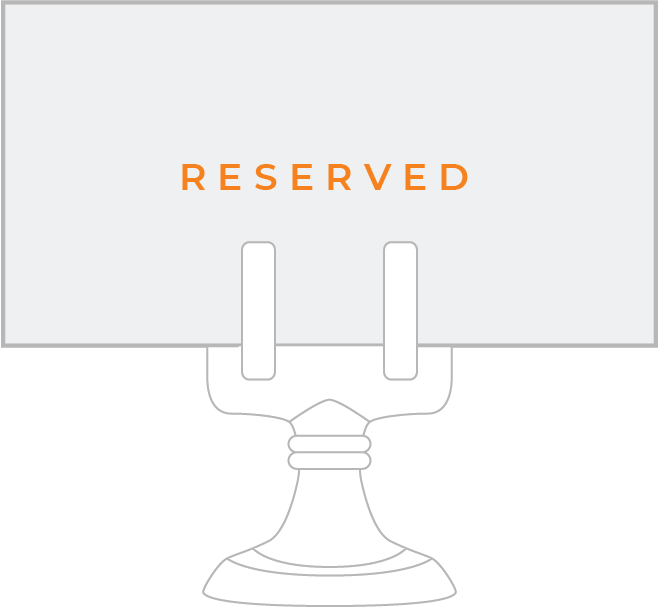
BOH subscribers and BOH Insiders.



















